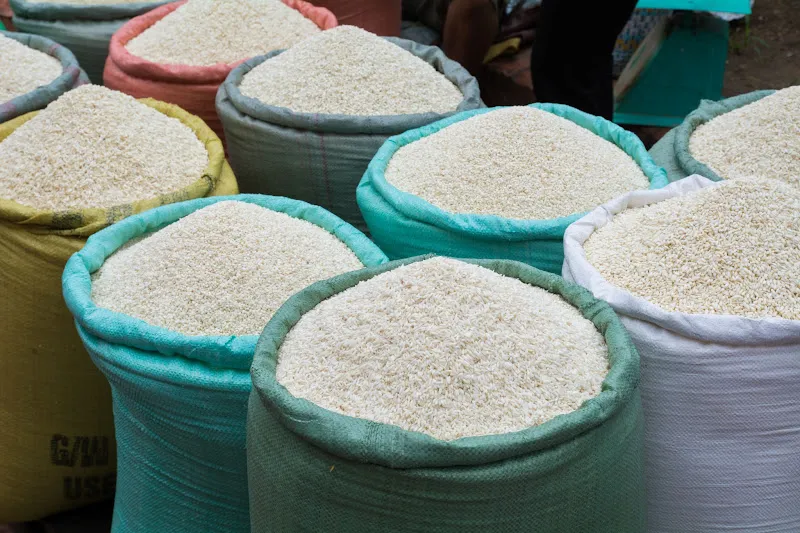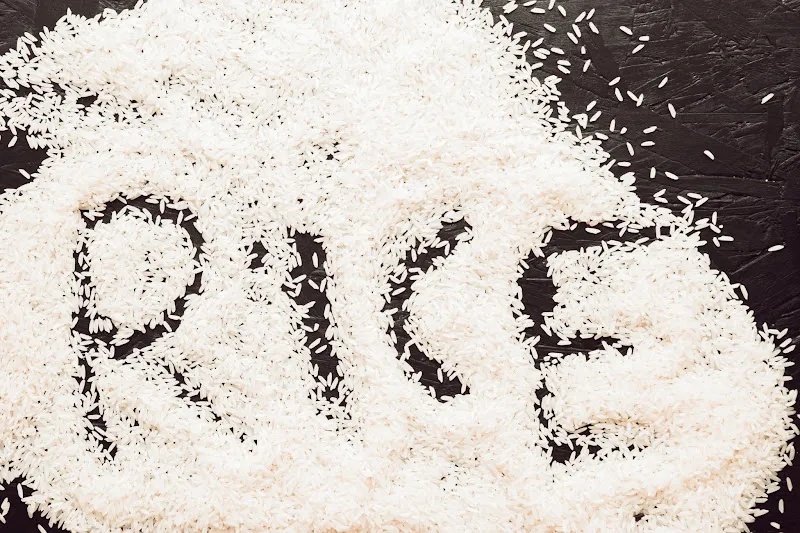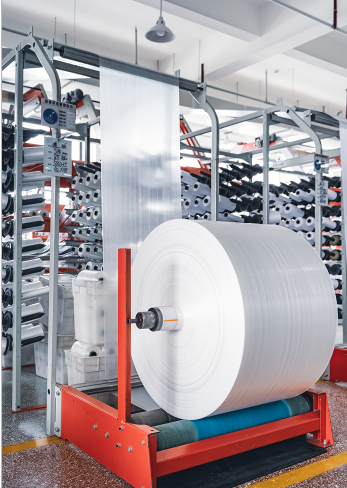Наиболее распространенные размеры мешков для риса варьируются от небольших бытовых упаковок весом 1 кг и 5 кг до крупных оптовых упаковок, таких как полипропиленовые мешки весом 25 кг и плетеные мешки весом 50 кг для коммерческого использования.
Выбор правильного мешок для риса зависит от ваших потребностей в хранении, спроса на рынке и предпочитаемого вами типа материала для мешков с рисом.

Рис является основным продуктом питания, потребляемым во всем мире, но способы его упаковки сильно различаются в зависимости от региона, привычек потребителей и рыночных тенденций.
Различные размеры мешков для риса помогают фермерам, дистрибьюторам и розничным торговцам соответствовать предпочтениям клиентов, а также защищают рис во время транспортировки и хранения.
Помимо размера, важную роль в том, как продается рис, играют размеры мешка для риса, долговечность и качество печати.
В этой статье мы рассмотрим распространенные размеры мешков для риса, рассмотрим варианты материалов для мешков для риса, такие как ламинированные тканые мешки из БОПП, и объясним, как компании Сифа может полностью индивидуальная упаковка риса сумки в соответствует вашим потребностям.
При выборе мешков для риса большинство покупателей в первую очередь обращают внимание на их размер. Стандартная вместимость:
Эти стандартные размеры обеспечивают гибкость, независимо от того, покупает ли потребитель рис для ежедневного использования или дистрибьютор отправляет его по всему миру.
Оптимальный размер зависит от того, кто покупает рис и как он будет использоваться.
Благодаря услугам по индивидуальной настройке от Xifa предприятия могут корректировать размеры и вместимость мешков для риса в соответствии со своим конкретным рынком клиентов.
Мешка риса весом 20 фунтов (примерно 9 кг) может прослужить семье из четырех человек около 1–2 месяцев, в зависимости от того, как часто вы едите рис.
Поскольку рис является основным продуктом питания во многих семьях, такой размер обеспечивает баланс между доступностью и удобством.
Для коммерческих покупателей, например небольших ресторанов, также практичны полипропиленовые мешки весом 20 фунтов или 25 кг — они снижают стоимость за единицу и сохраняют рис свежим при правильном хранении в прочных упаковочных мешках.

Мешок риса обычно измеряется по весу — в килограммах или фунтах — в зависимости от страны.
В международной торговле наиболее распространенными остаются размеры 25 кг и 50 кг.
Помимо веса, размеры мешков для риса также имеют значение, поскольку для более объемных мешков требуется более прочный материал, чтобы предотвратить разрывы.
Например, часто используются ламинированные тканые мешки из БОПП-пленки, поскольку они обеспечивают дополнительную прочность, яркую печать для брендинга и защиту от влаги.
Материал мешков для риса так же важен, как и размер. Правильная упаковка защищает рис, повышает привлекательность продукта на полке и обеспечивает удовлетворенность покупателя. Распространенные варианты:
Предлагая разнообразные пакеты для упаковки риса, поставщики могут удовлетворить как функциональные потребности (например, прочность), так и маркетинговые цели (например, привлекательный дизайн).
Чтобы понять нумерацию, применяемую к мешкам с рисом по принципу удобрений, давайте рассмотрим популярные размеры упаковок:
Эти примеры показывают, как размеры мешков с рисом соответствуют различным рынкам.
Xifa не просто предлагает стандартные пакеты для риса — компания специализируется на полностью индивидуальных решениях по упаковке риса. Если вам нужно:
Компания Xifa может адаптировать каждую деталь упаковки в соответствии с предоставленными заказчиком формулами и техническими требованиями.
Это позволяет компаниям выделяться на конкурентных рынках, гарантируя при этом защиту продукции.
Размеры мешков с рисом — это не просто цифры. Они определяют удобство, срок хранения и узнаваемость бренда.
От небольших бытовых упаковок до больших 50-килограммовых плетеных мешков — выбор зависит от конечного потребителя.
Наряду с размером, материал мешков для риса, такой как полипропиленовые тканые или ламинированные BOPP-мешки, играет важную роль в долговечности и внешнем виде.
Для компаний, стремящихся выделиться, индивидуальные пакеты для упаковки риса от Xifa предоставляют гибкость в разработке именно того, что нужно вашим клиентам.
Будь то розничные упаковки, оптовые пакеты или готовые к экспорту мешки, Xifa гарантирует, что ваша упаковка будет такой же надежной, как и рис внутри.




